Posted on 7/6/2023
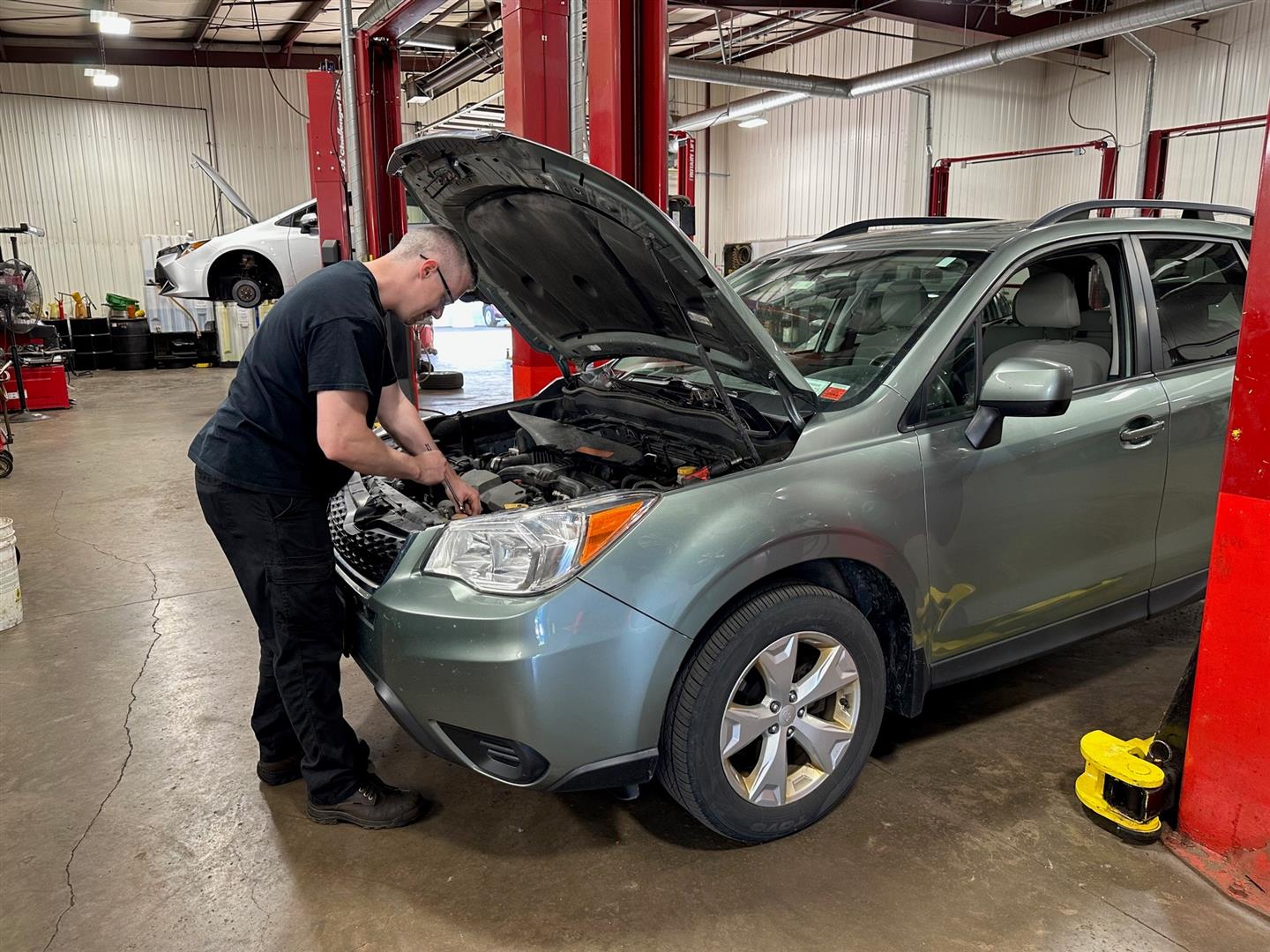
A common problem many drivers face is overheating. Serious engine and transmission damage can occur when a vehicle over heats. Learn more about what causes a car to overheat and how to avoid it. Low Coolant Level: Coolant or antifreeze helps keep the engine cool by circulating throughout the engine block and radiator. If there is not enough coolant, the system cannot dissipate heat. This causes the engine to overheat. Check the coolant level often and add more if necessary. Broken Thermostat: The thermostat controls the temperature of the engine. It can cause the engine to overheat or run too cold if it fails. A thermostat can break for reasons, such as corrosion, wear, or a mechanical failure. Have a mechanic replace your thermostat if you think it may be broken. Radiator Problems: The radiator dissipates heat from the engine that the coolant has absorbed. If the radiator is clog ... read more
Posted on 6/19/2023
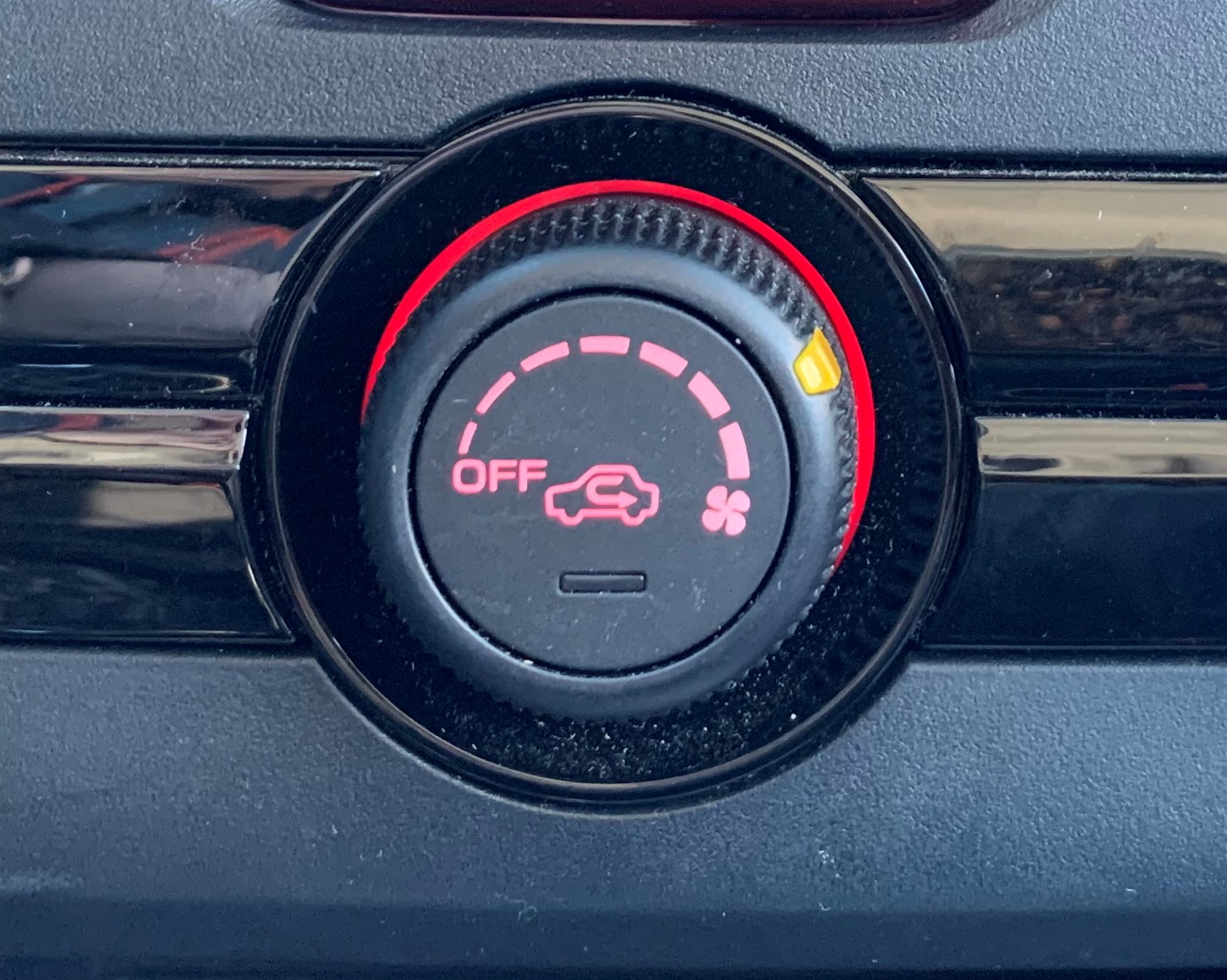
Have you ever noticed the recirculate button on the AC control panel in your car, truck, or SUV? The recirculation button is a common feature found in many vehicles but its purpose isn't always clear. This feature is important for both driver and passenger comfort and vehicle health. Learn more about what this button does, and why it’s important to use it properly. The Function of the Recirculation Button The recirculation button is actually a setting on your vehicle's air conditioning system. It redirects air from within the vehicle back into the AC system to be cooled again. This keeps the cabin cooler for longer. When you press it, your air conditioner will limit or shut off the amount of outside air it brings into the cabin. Your AC unit will continue to circulate already-cooled air within the vehicle itself. This can help maintain optimal temperatures q ... read more
Posted on 6/6/2023
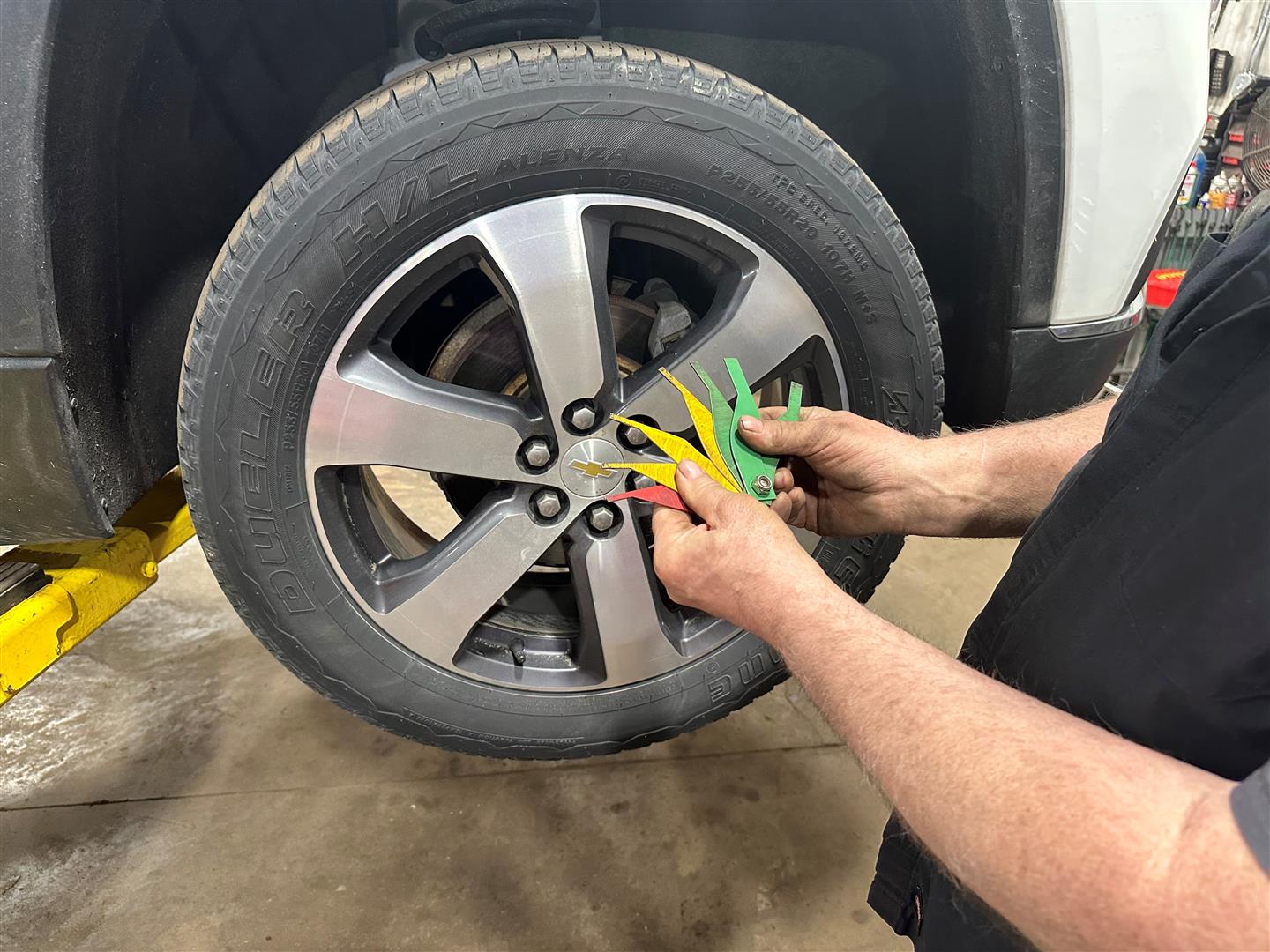
Brake pads are a crucial component of your vehicle’s braking system. They help you stop your vehicle when you need to and ensure the safety of you and your passengers. Over time, brake pads wear out and need to be replaced to maintain the optimal performance of your vehicle. But how do you know when it’s time to change them? Learn how to measure brake pads and determine whether they need to be replaced. Measure the thickness of the brake pad: The thickness of the brake pad is the most essential aspect when considering replacement. Ideally, the thickness of the brake pad should be at least 1/8 inches or more. Use a micrometer to measure the brake pad’s thickness. The micrometer measures the thickness of the pad from the backing plate to the outer edge of the friction material. Use the brake pad wear indicator: Some brake pads come with a wear indicator. The wear indicator is a ... read more
Posted on 5/22/2023
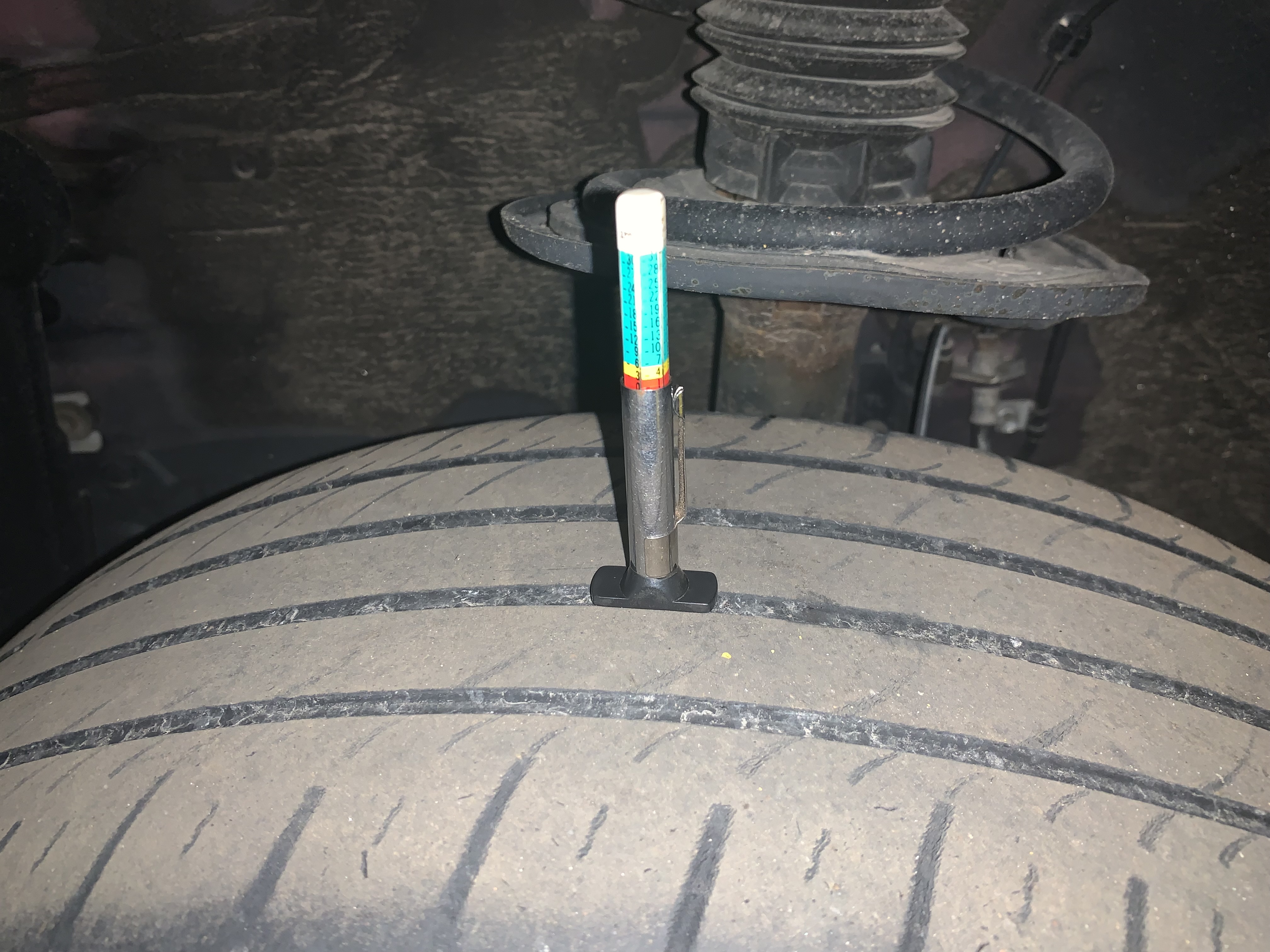
Tires play a critical role in keeping you safe on the road. It is important to maintain your tires and check their levels of wear and tear periodically. Tire tread depth is an essential feature of tire maintenance that every vehicle owner should know. It is the measurement of the space between the top of the tire tread and the bottom of the groove that runs around the circumference of the tire. Learn more about the importance of tire tread depth, and how it impacts your safety on the road. Better Traction and Grip: Tire tread depth plays a crucial role in maintaining traction and grip on the road. The tire tread grooves are designed to channel water, snow, or mud from the tire's contact patch with the road. This helps in maintaining traction, stability, and control while driving. Tires with adequate tread depth provide better grip on wet, slippery, uneven roads ... read more
Posted on 5/12/2023
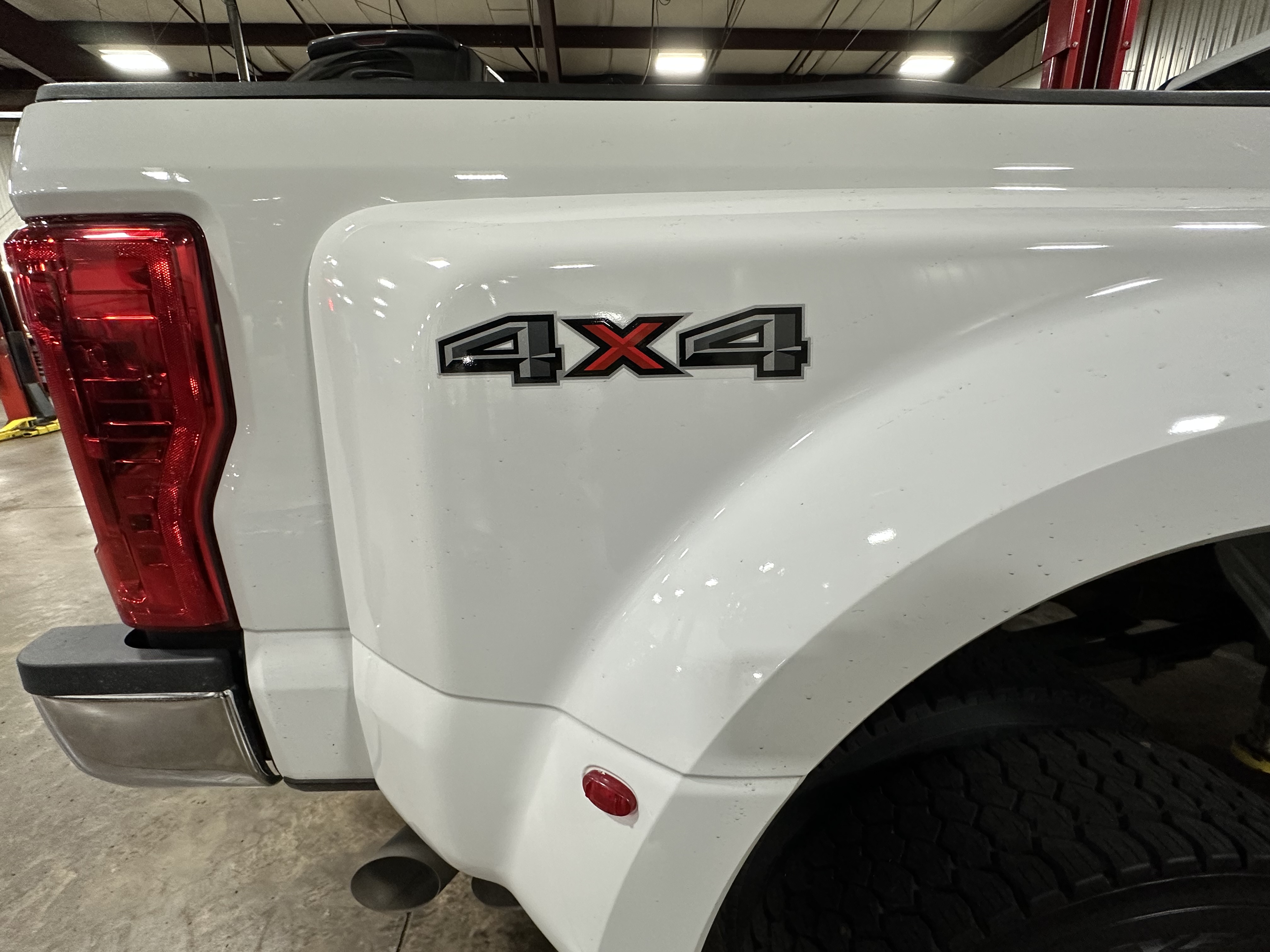
When it comes to choosing a vehicle, you may have come across the terms AWD and 4WD. These two terms may sound similar, but they refer to two different types of drive systems in a vehicle. Understanding the difference between AWD and 4WD is important. Especially if you are looking to buy a vehicle that can handle challenging terrain or weather conditions. Learn more about their key differences to see which one is right for your driving needs. AWD stands for all-wheel drive. This means that all four wheels receive power from the engine at the same time. This type of drivetrain is found in cars and SUVs. And it offers better traction control and handling in slippery conditions. AWD systems can distribute power between the front and rear axles depending on the driving conditions. This means that AWD vehicles can handle snowy or wet roads better than 2WD vehicles. AWD is also useful for drivers who encounter varying road conditions. And drive on city streets ... read more
Posted on 5/5/2023
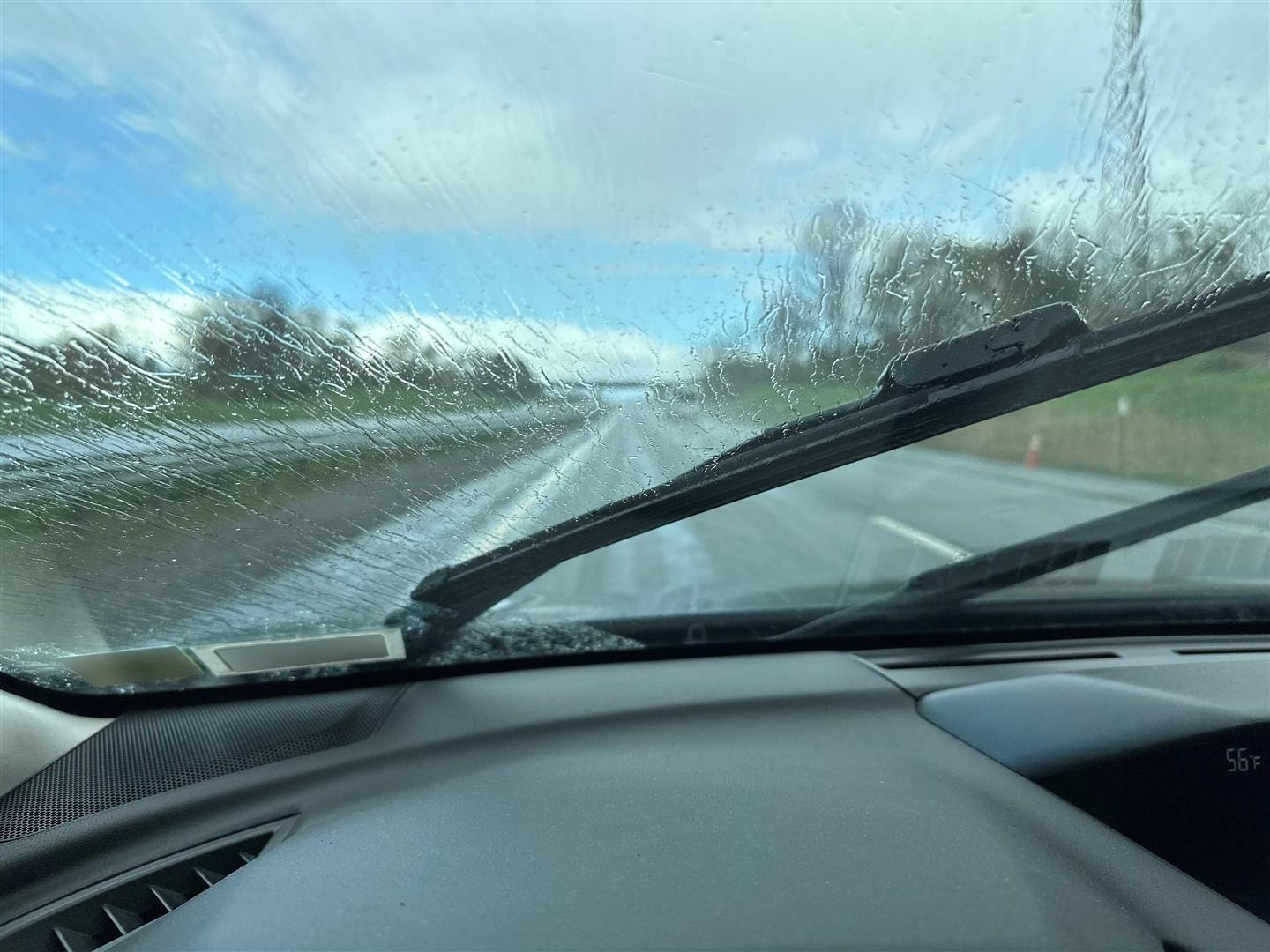
Driving in rainy conditions can be a challenge, especially when you're faced with hydroplaning. Hydroplaning happens when your car's tires are unable to grip the wet roadway. And causes it to slip and slide around. This can be a dangerous situation, especially at high speeds. So, what can you do to stop your car from hydroplaning? Here are some helpful tips to keep you safe while driving in the rain. Slow down: The first and most important thing you can do to prevent hydroplaning is to slow down. The faster you're driving, the more likely it is for your tires to lose traction. If you notice rain or standing water on the roadway, immediately reduce your speed. This will give your tires more time to grip the road and prevent hydroplaning. Check your tires: Your tires are the only part of your car that comes into contact with the road. That's why it's importan ... read more
Posted on 4/28/2023
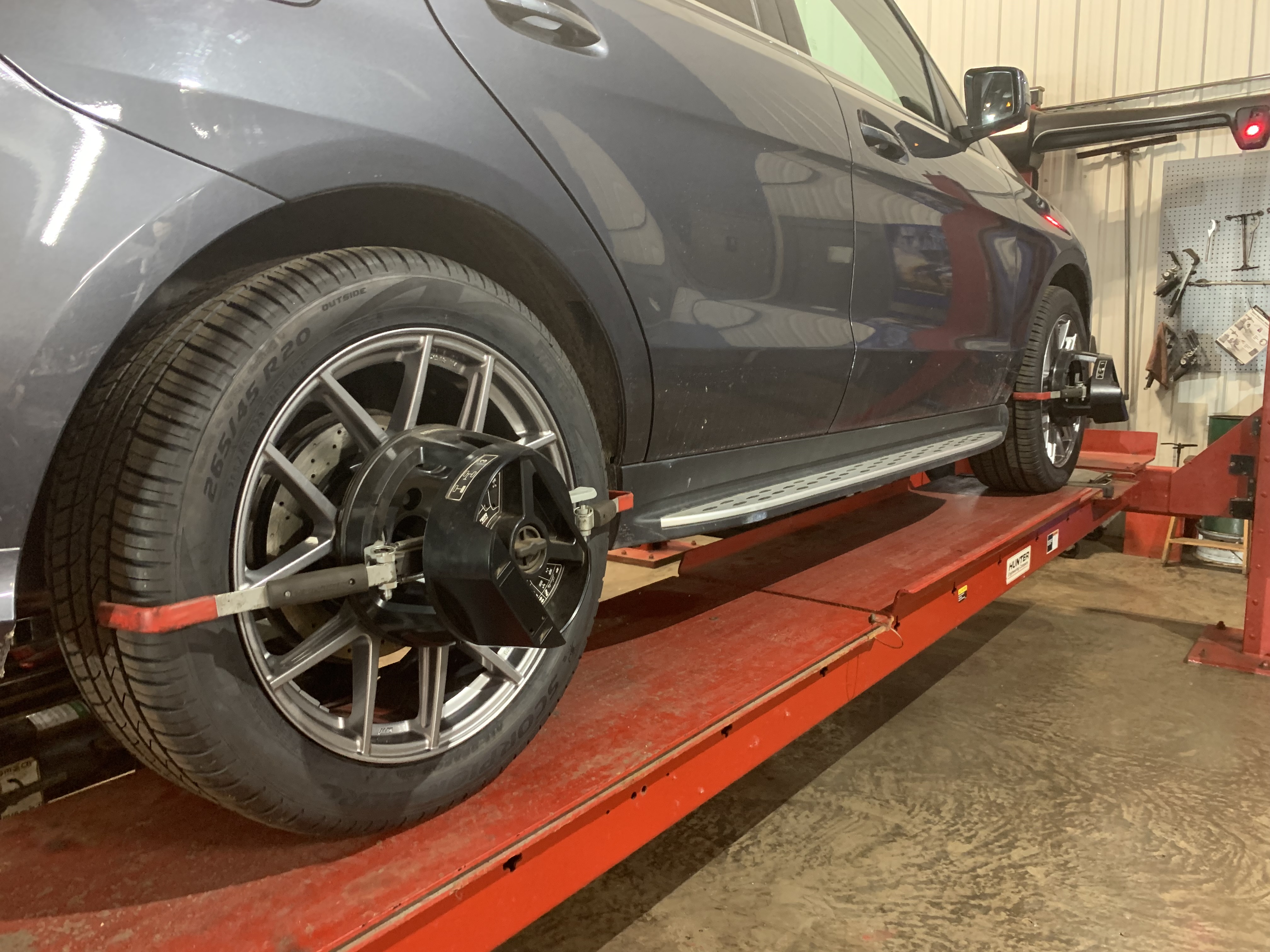
Have you ever experienced your car pulling to one side while driving? This can be a frustrating and even dangerous problem. Pulling can cause premature wear and tear on your tires. This can lead to reduced fuel economy and compromising your driving experience. To ensure a safe and comfortable drive, it is important to understand why your car is pulling to one side. Learn more about the reasons behind this problem and what you can do to to fix them. Wheel Alignment Issues One of the most common reasons for your car pulling to one side is related to wheel alignment issues. Your car's wheel alignment can be thrown off by several factors such as hitting a curb, potholes, or worn out steering components. When this happens, the alignment of the wheels can become misaligned. This can lead to uneven wear on the tires and pulling to one side. A simple alignment service can help get you back on track in no time. Uneven Tire Wear Your tires play a critical role ... read more
Posted on 4/21/2023
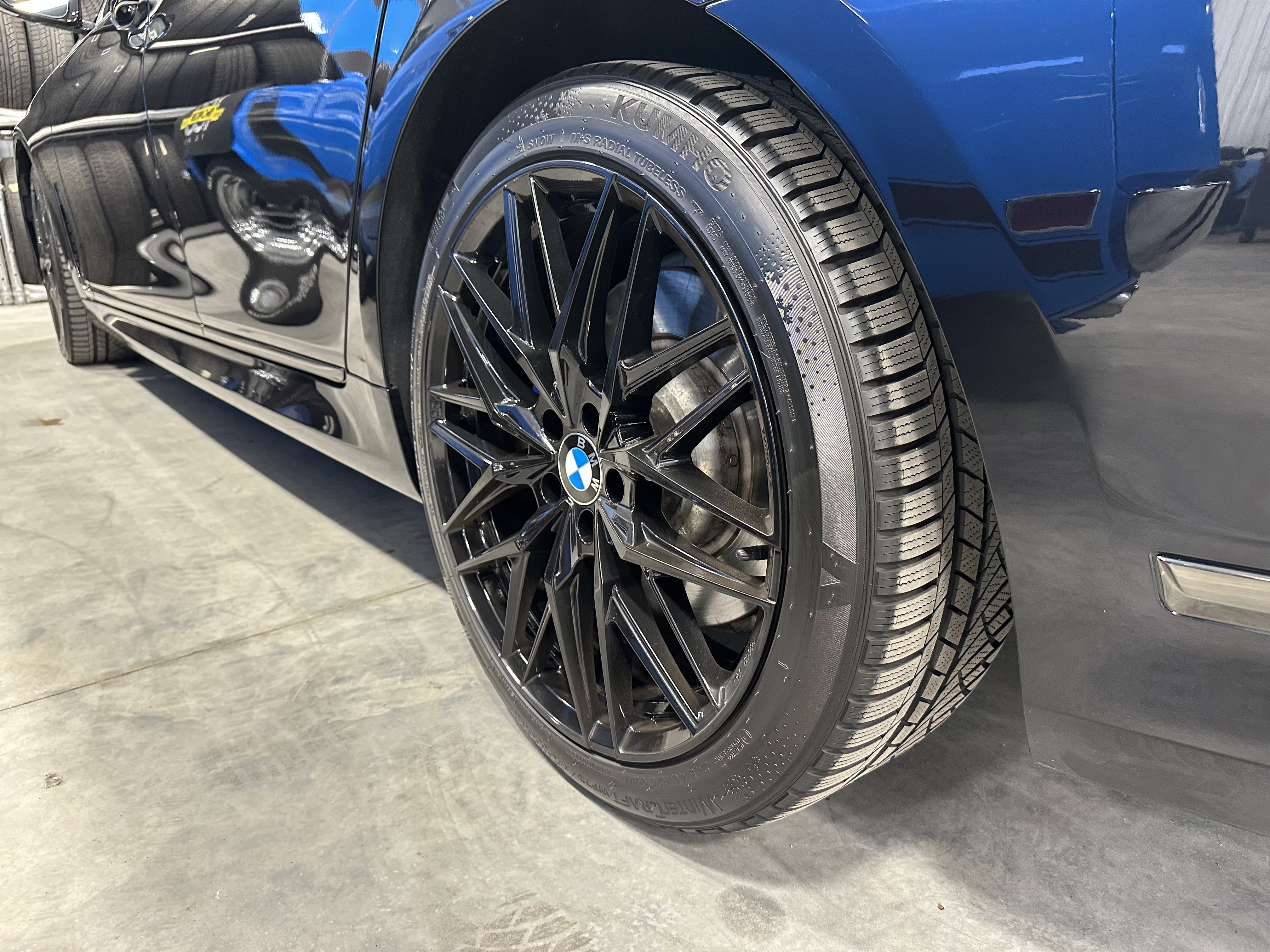
Low-profile tires are becoming popular among drivers who want to improve the performance and look of their vehicles. But what exactly are low-profile tires, and why are they so beneficial? Let's take a closer look at what these tires have to offer. What Are Low Profile Tires? Low-profile tires are sometimes referred to as "low-pro" or "high-performance" tires. They have a short sidewall height compared to other standard tire sizes. This means that the distance between the wheel rim and the tread is shorter than it is on regular tires. This gives the tire a lower profile—hence the name—and makes it appear larger in diameter than it actually is. What Are The Benefits Of Low Profile Tires? The benefits of having low-profile tires can range from improved performance to better road handling. A ... read more
Posted on 4/17/2023
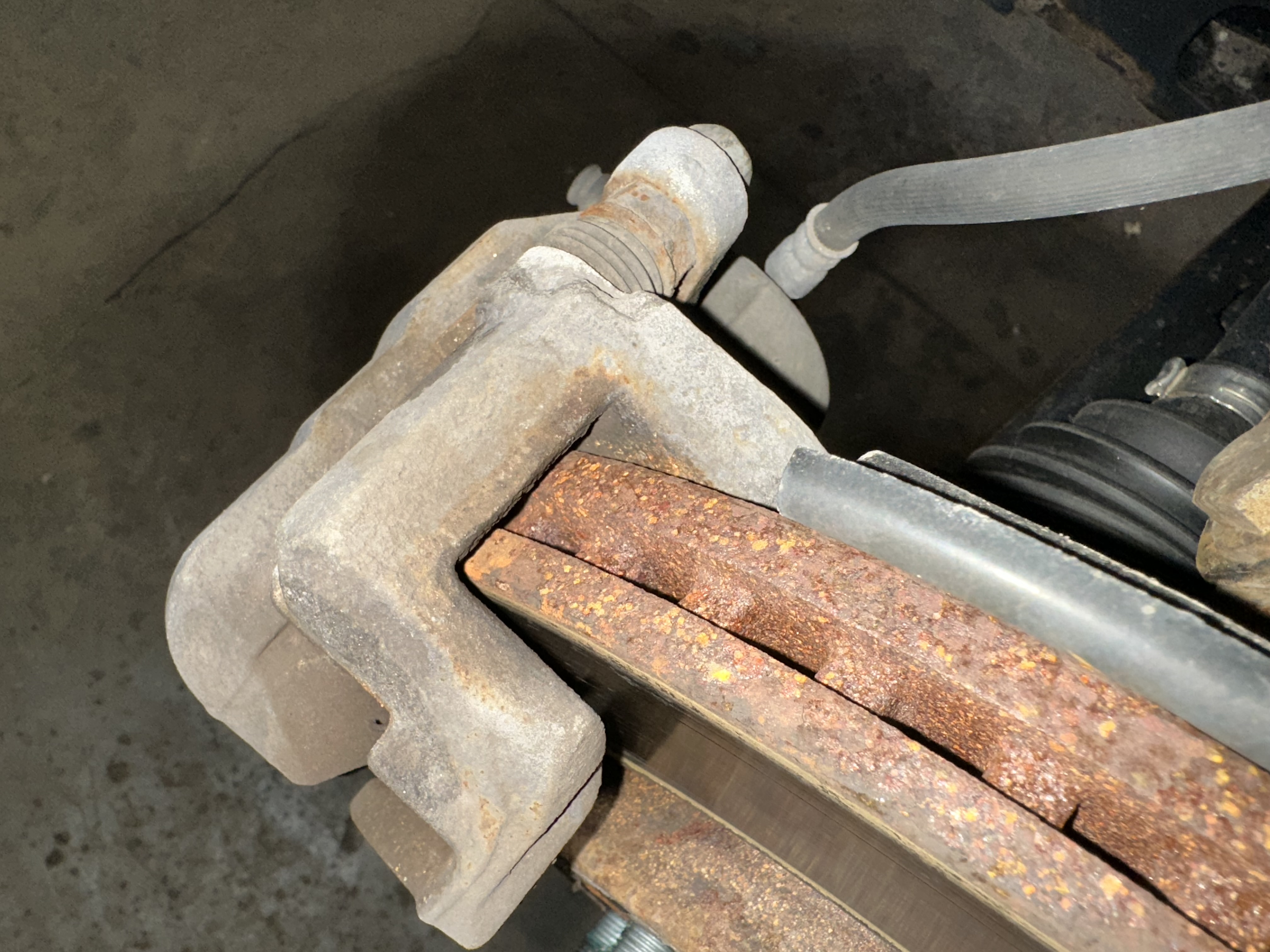
If your car brakes are sticking, it can make driving a nerve-wracking experience. You press the brake pedal and nothing happens—or worse yet, it takes too long for the brakes to kick in! What’s going on? Let’s take a look at the possible causes of this issue so you can get back on the road with confidence. What Causes Brake Stickiness? The most common cause of brake stickiness is moisture or debris that has become lodged in the components of your braking system. When moisture accumulates inside your brakes, it can corrode the components and cause your brakes to stick. Debris, such as dirt or rocks, can also accumulate in your braking system and cause your brakes to stick. In some cases, it may be necessary to open up the brake drums or calipers and clean them out to prevent them from sticking again. Another common cause of sticky br ... read more
Posted on 3/14/2023
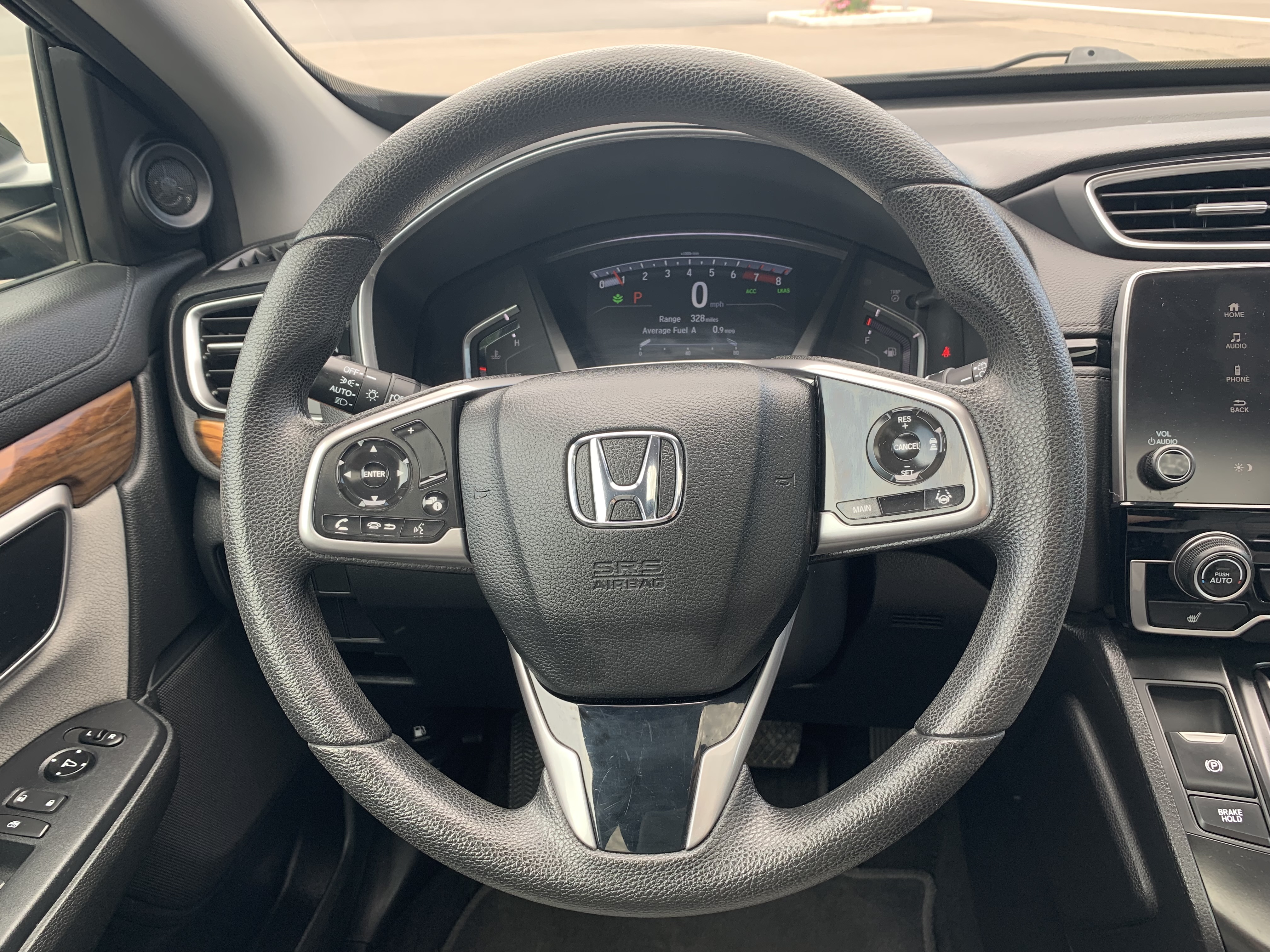
For car owners, power steering is an absolute must. It makes driving easier and safer. And also provides extra control when maneuvering tight corners or reversing into a space. But what exactly is power steering and how does it work? Let’s look at the basics of power steering, its benefits, and why it's essential for any car owner. What Is Power Steering? Power steering is a system that uses hydraulic pressure to aid in the turning of a vehicle’s wheels. This pressure is generated by a pump that is powered by the engine. Which then forces fluid through hoses to the steering gear assembly. This assembly turns the wheels in response to driver input from the steering wheel. In essence, power steering makes turning your car much easier than it would be otherwise. Without power steering, drivers would have to put considerable effort into turni ... read more